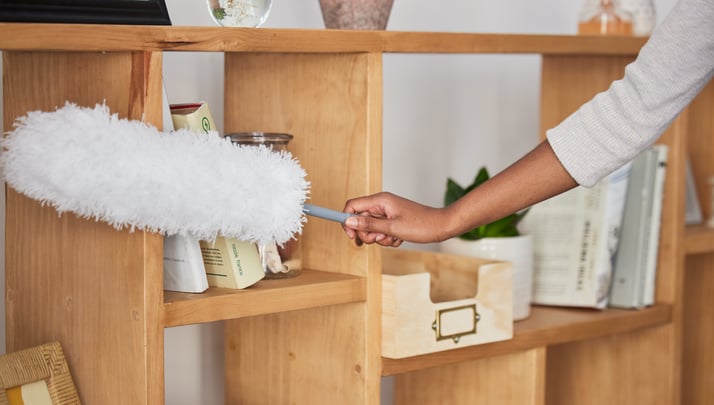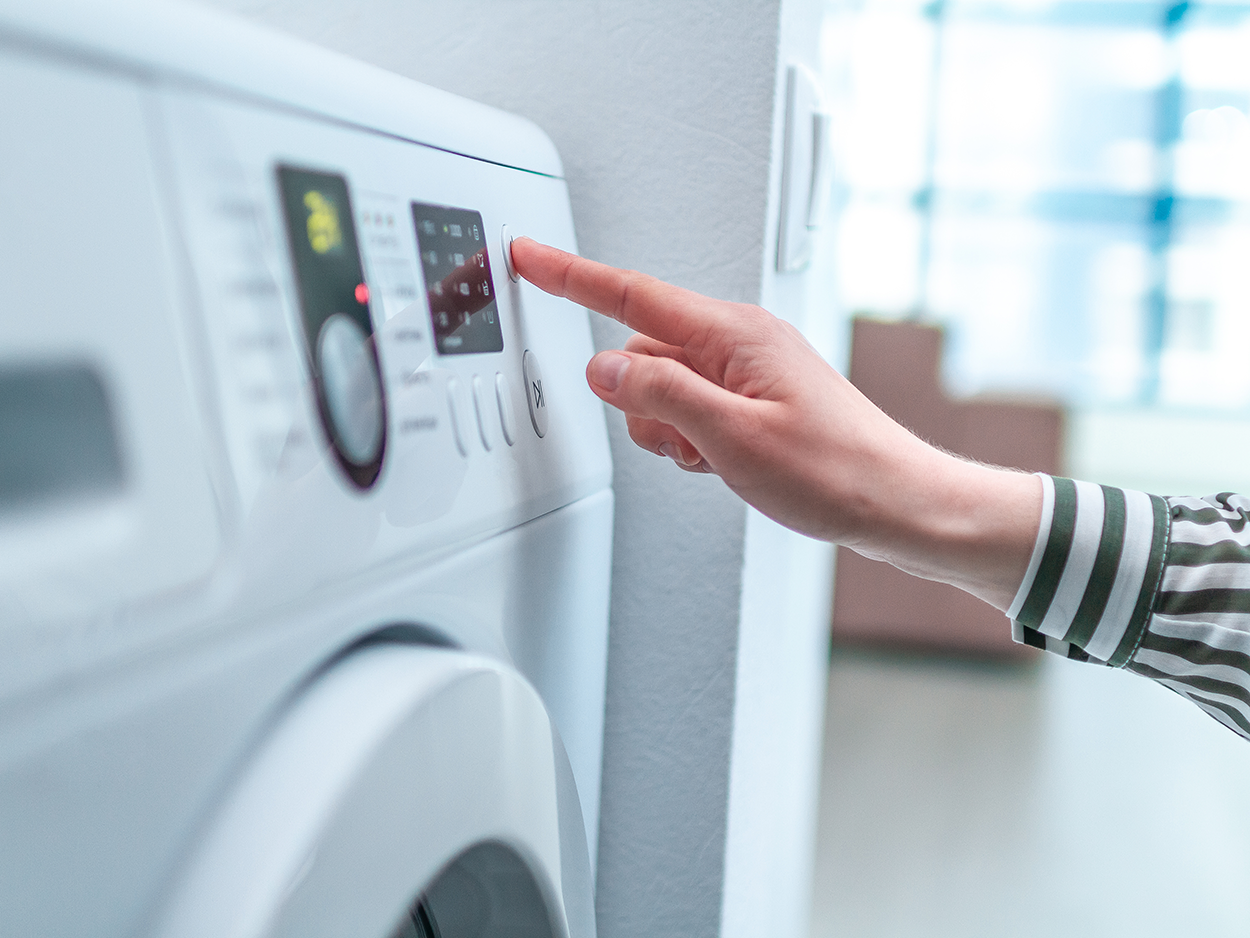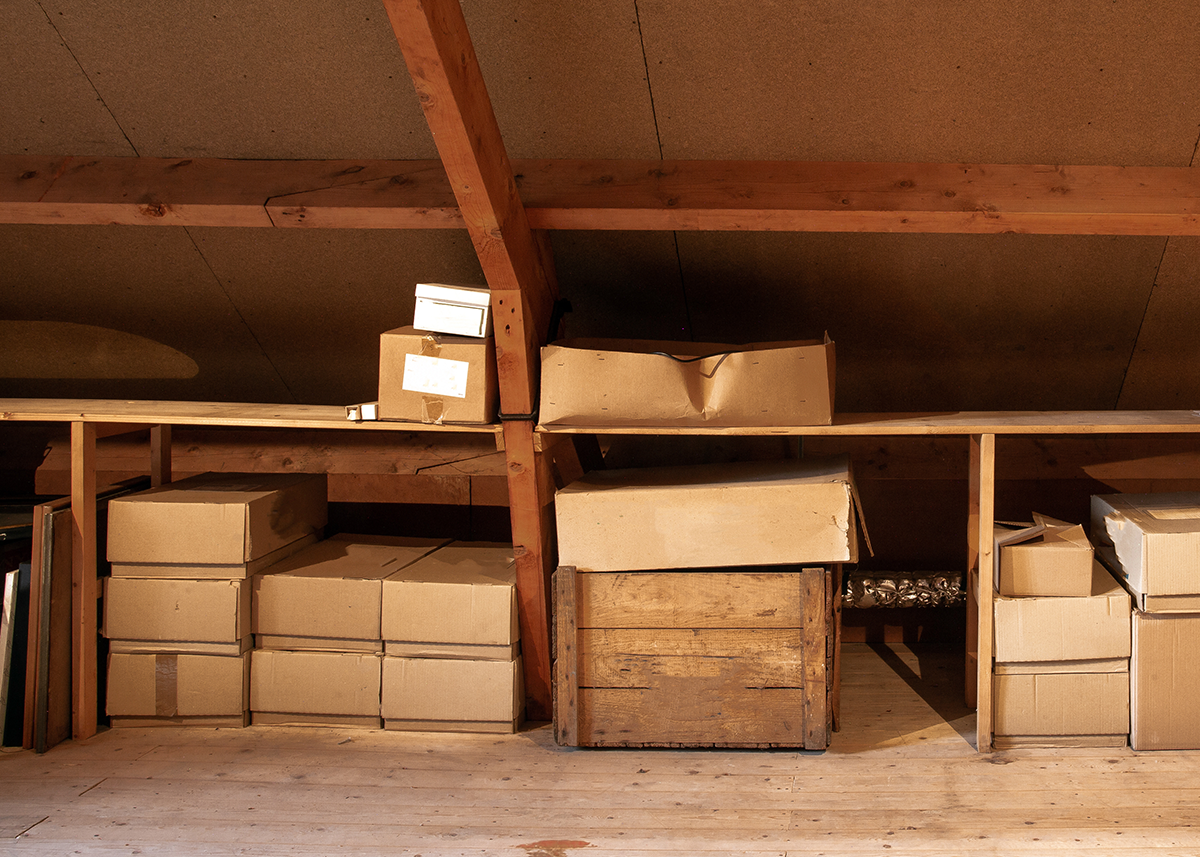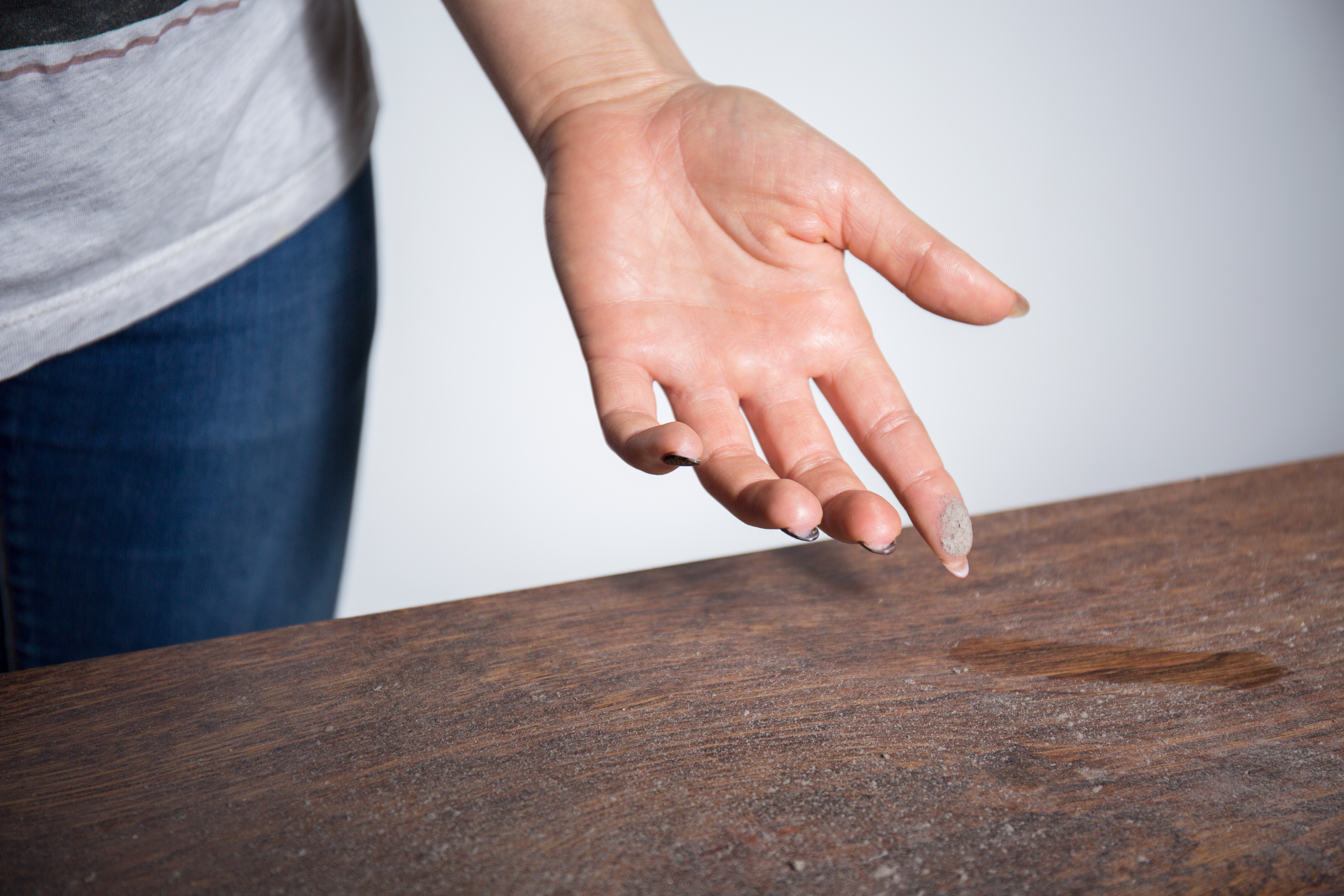
Dust, the ever-present nemesis of homeowners everywhere, seems to have an uncanny ability to accumulate in every nook and cranny, no matter how diligently we clean. Not only is dust unsightly, but it can also exacerbate allergies and respiratory issues. However, with a strategic approach and consistent effort, it's possible to banish dust from your home effectively. In this comprehensive guide, we'll explore practical tips and techniques to rid your entire home of dust, creating a cleaner and healthier environment for you and your family to enjoy.
Establish a Regular Cleaning Routine:
Consistency is key when it comes to dust control. Establishing a regular cleaning schedule will help prevent dust buildup before it becomes overwhelming. Aim to dust and vacuum high-traffic areas at least once a week, and don't forget about often-neglected areas such as ceiling fans, light fixtures, and baseboards.
Invest in High-Quality Cleaning Tools:
The right tools can make all the difference in your battle against dust. Opt for microfiber cloths and dusters, which trap dust particles more effectively than traditional feather dusters. Additionally, invest in a vacuum cleaner equipped with a HEPA filter to capture even the smallest dust particles and prevent them from being recirculated into the air.
Clean and Maintain HVAC Systems:
Your home's heating, ventilation, and air conditioning (HVAC) systems play a significant role in dust circulation. Be sure to clean or replace HVAC filters regularly to prevent dust buildup in ducts and vents. Consider investing in professional duct cleaning services with A. Borrelli to remove accumulated dust and debris from your HVAC system thoroughly.
Minimize Clutter:
Clutter provides ample hiding spots for dust to accumulate, so keeping your home tidy is essential for dust control. Decluttering regularly will not only make cleaning easier but also reduce the surfaces where dust can settle. Consider implementing storage solutions such as bins, baskets, and shelving to keep belongings organized and dust-free.
Wash Bedding and Upholstery Frequently:
Bedding, pillows, and upholstered furniture are notorious dust magnets, so it's crucial to launder them regularly. Wash bedding and pillowcases in hot water weekly to kill dust mites and remove accumulated dust. Similarly, vacuum upholstered furniture and wash removable covers as needed to keep dust at bay.
Seal Cracks and Gaps:
Preventing dust from entering your home in the first place is a proactive approach to dust control. Inspect windows, doors, and other openings for cracks and gaps where dust can infiltrate, and seal them with weatherstripping or caulking as necessary. Pay special attention to areas around windows and doors, as well as gaps around pipes and cables.
Use Air Purifiers:
Air purifiers can be valuable allies in your quest to rid your home of dust. Look for models equipped with HEPA filters, which are designed to capture airborne dust particles and other allergens. Place air purifiers in frequently used rooms, such as bedrooms and living areas, to maintain cleaner indoor air quality.
Dust from Top to Bottom:
When dusting surfaces, always work from top to bottom to prevent dust from resettling on cleaned areas. Start by dusting ceiling fans, light fixtures, and high shelves, then work your way down to furniture, countertops, and floors. Remember to dust blinds, curtains, and other window treatments regularly to prevent dust buildup.
Wash Floors with a Damp Mop:
Dry sweeping or dusting floors can often stir up dust and send it back into the air. Instead, opt for damp mopping or using a microfiber mop to trap dust and prevent it from becoming airborne. Use a gentle cleanser or floor cleaner suitable for your flooring type to remove dirt and dust effectively.
Maintain Outdoor Spaces:
While you may focus on cleaning the interior of your home, don't overlook outdoor spaces, which can contribute to dust accumulation indoors. Sweep or hose down outdoor walkways, patios, and entryways regularly to prevent dust from being tracked inside. Additionally, consider landscaping with low-dust plants and minimizing bare soil to reduce outdoor dust sources.









